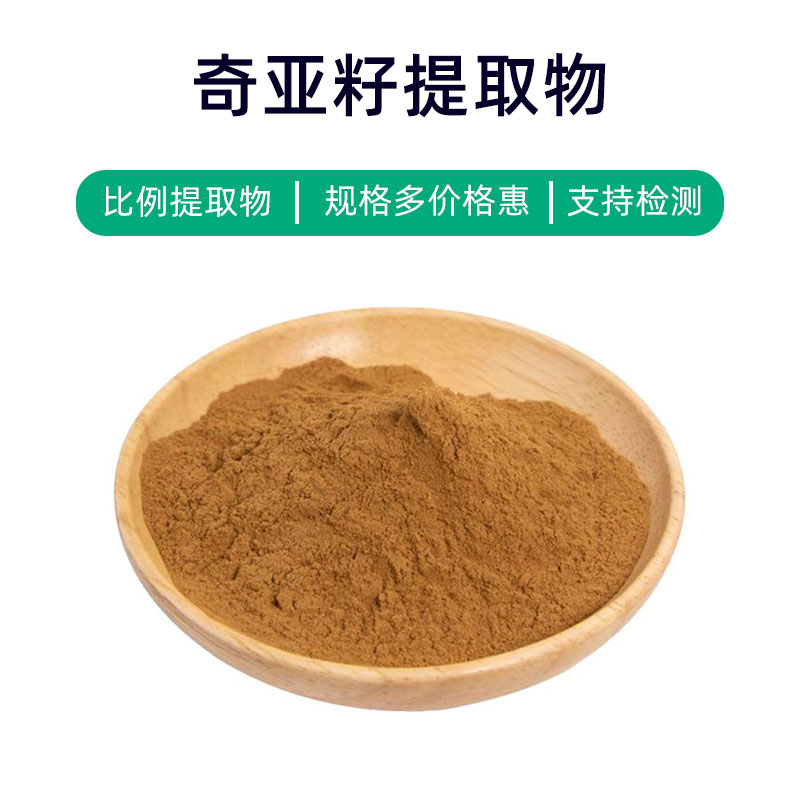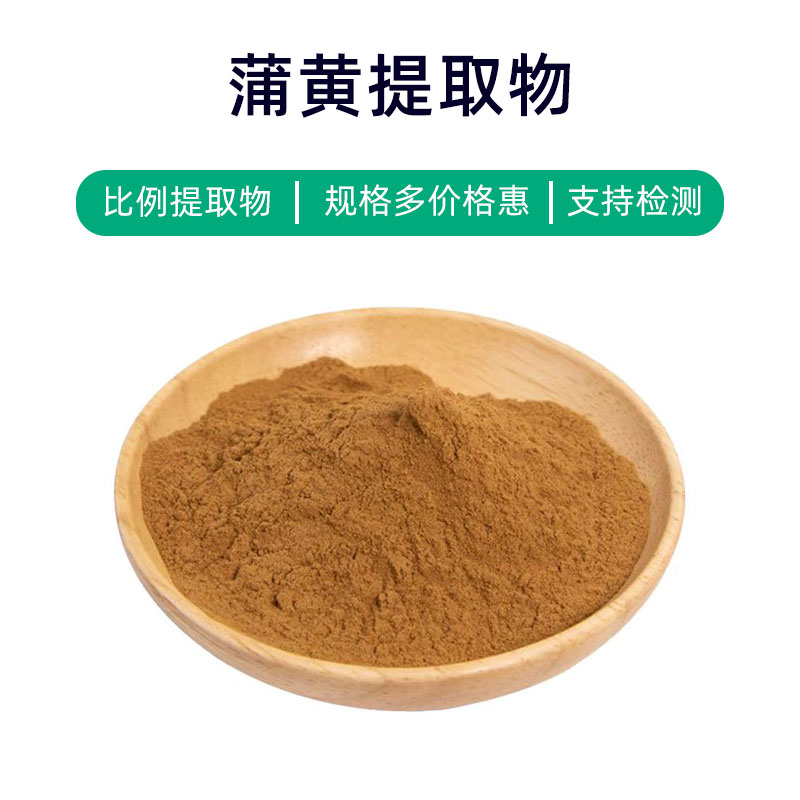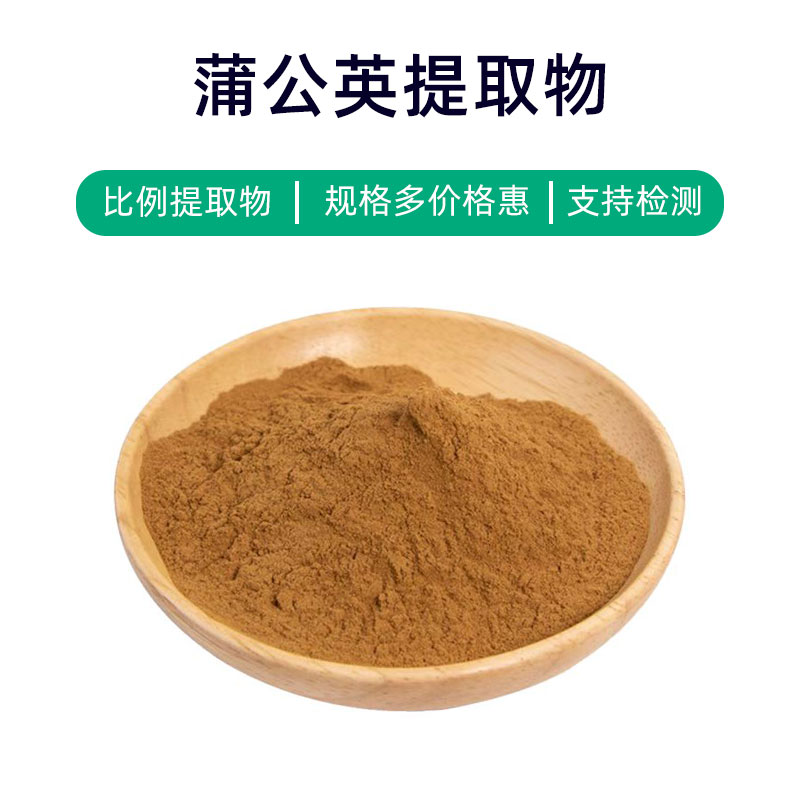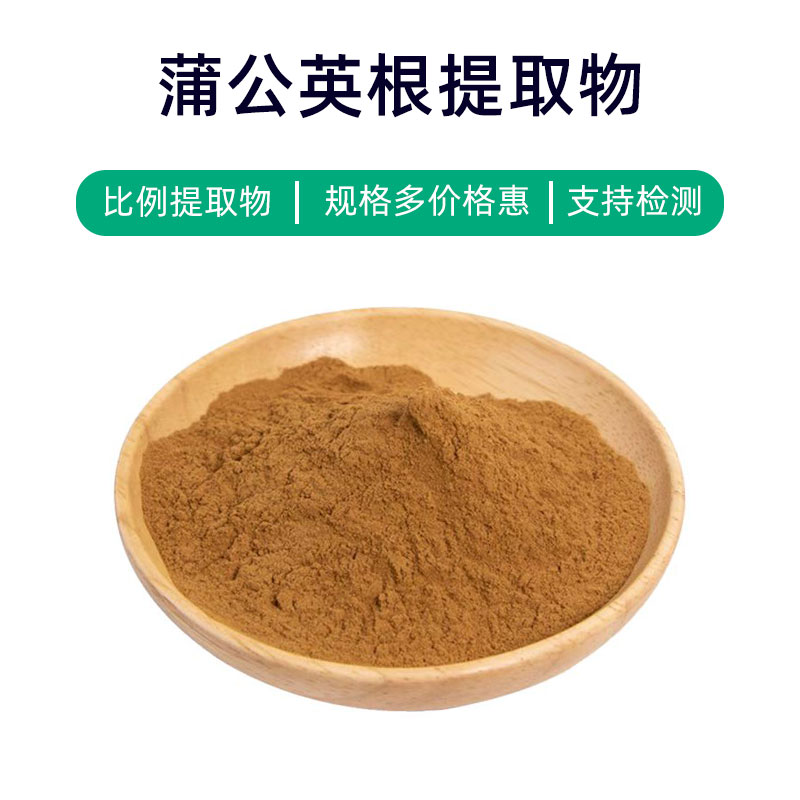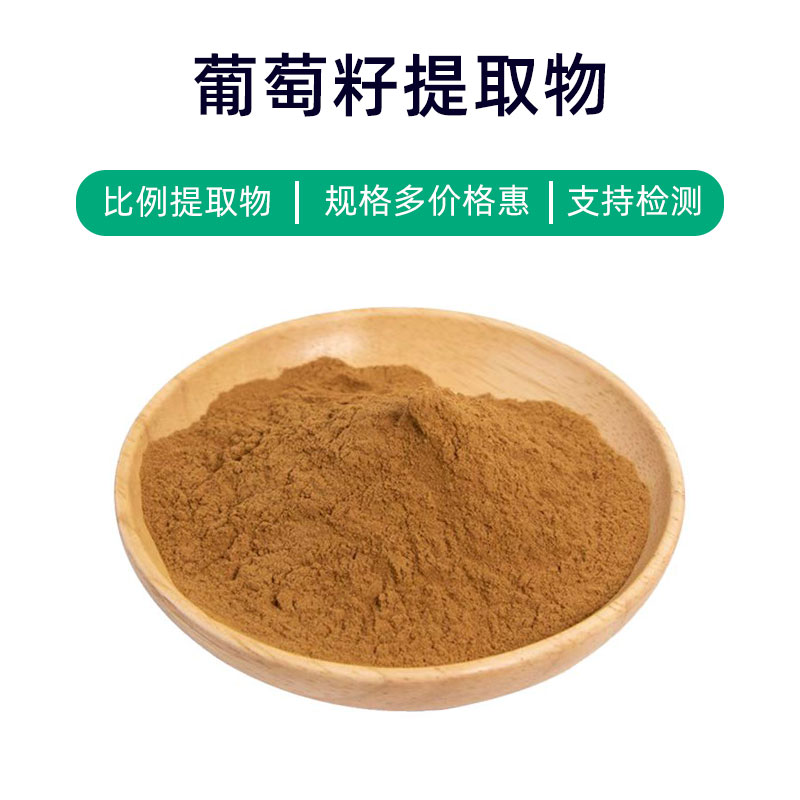Camellia Bark Extract Product Introduction
Camellia Bark Extract is a natural plant extract derived from the bark of the Camellia tree, primarily containing catechins, tea polyphenols, and flavonoids. These components provide the extract with multiple bioactive properties, including antioxidant, anti-inflammatory, and antibacterial effects.
In the skincare and cosmetics fields, Camellia Bark Extract is widely utilized. Its antioxidant properties aid in combatting damage from free radicals to the skin, delaying the aging process and maintaining youthful, healthy skin. Additionally, this extract has soothing and anti-inflammatory effects, helping to alleviate skin inflammation and discomfort such as sensitivity and redness. Due to its beneficial antibacterial characteristics, it is often included in skincare products to assist in cleansing the skin and preventing acne and other skin issues.
In the pharmaceutical sector, Camellia Bark Extract is also used in some medicinal formulations, particularly in traditional Chinese medicine. Its antioxidant and anti-inflammatory properties may have a positive impact on protecting health and treating various conditions.
Overall, as a natural plant extract, Camellia Bark Extract has significant market potential in skincare, cosmetics, and certain medicines, providing a safe and effective choice for beauty and health.
Camellia Bark Extract Production Process
The production process of Camellia Bark Extract typically involves the following steps:
- Raw Material Collection: High-quality Camellia tree bark is selected as the raw material, usually harvested during the growth season of the tree to ensure a higher content of active ingredients.
- Washing and Treatment: The collected bark is washed to remove impurities and surface dirt, followed by preliminary processing such as chopping or grinding to enhance extraction efficiency.
- Extraction Process: Appropriate extraction methods, such as water extraction, alcohol extraction, or supercritical fluid extraction, are employed to extract active components from the bark. Low-temperature, solvent-free extraction processes are typically used to ensure the purity and activity of the extract.
- Concentration and Purification: The obtained solution is concentrated to remove excess solvents and moisture, followed by further purification processes like precipitation, filtration, or chromatography to enhance the purity and activity of the extract.
- Drying and Powdering: The purified extract is dried to eliminate residual moisture, and then the dried extract is crushed or ground into a powder for convenient packaging and storage.
- Quality Control: The extract undergoes quality testing and analysis, including evaluations of active ingredient content, heavy metals, and microbial presence, ensuring that the product meets relevant standards and regulations.
- Packaging and Storage: The extract is placed into appropriate containers, typically using sealed packaging to prevent sunlight and moisture exposure, ensuring stability and activity retention of the extract.
Through these processing steps, high-purity, high-activity Camellia Bark Extract can be produced for various applications, including skincare products, pharmaceuticals, and dietary supplements.
Camellia Bark Extract Effects, Benefits, and Side Effects
Camellia Bark Extract, as a natural plant extract, offers numerous effects and benefits in the pharmaceutical and health supplement sectors, mainly in the following areas:
- Antioxidant Effects: Rich in natural antioxidants, such as polyphenols and vitamin C, Camellia Bark Extract can neutralize free radicals, delay aging, and protect cells from oxidative damage, supporting healthy cellular function.
- Anti-inflammatory and Antibacterial Effects: Containing a wealth of bioactive components, this extract exhibits anti-inflammatory and antibacterial effects, reducing inflammatory responses, promoting wound healing, and inhibiting certain pathogenic bacteria.
- Skin Protection: Camellia Bark Extract has good moisturizing and nourishing properties, improving issues like dry and rough skin, promoting the repair and regeneration of the stratum corneum, leading to softer and smoother skin.
- Inhibition of Melanin Production: Some active components in the extract are believed to inhibit melanin production, helping reduce pigmentation issues such as dark spots and freckles, leading to a more even skin tone.
- Regulation of Blood Lipids and Blood Sugar: Some studies suggest that Camellia Bark Extract may have a regulatory effect on blood lipid and blood sugar levels, potentially lowering these parameters and helping to prevent chronic diseases such as cardiovascular diseases and diabetes.
- Anti-allergic Effects: The active ingredients in Camellia Bark Extract may have anti-allergic properties, alleviating symptoms caused by allergic reactions, such as itchy or swollen skin.
Generally, Camellia Bark Extract is considered safe, but the following points should be noted when using it:
- Individual Differences: Due to variations in individual constitution and skin conditions, reactions to Camellia Bark Extract may differ. It’s recommended to conduct a patch test first to ensure there are no allergic or adverse reactions.
- Avoid Excessive Use: While Camellia Bark Extract is natural, excessive use may lead to skin discomfort or allergic reactions. It’s advised to follow the dosage indicated in the product instructions.
- Quality Matters: Purchase Camellia Bark Extract products from reputable sources that provide quality guarantees to avoid inferior products and ensure safety and effectiveness.
In summary, as a natural plant extract, Camellia Bark Extract has a variety of effects and benefits in the pharmaceutical and health supplement fields, but care should be taken regarding individual differences and product quality to ensure safe and effective use.
Camellia Bark Extract Application Scenarios and Dosage
Camellia Bark Extract, as a natural plant extract, has broad applications in the pharmaceutical, food, and cosmetic industries. Below are key applications and dosage instructions across these three fields:
Pharmaceutical Applications:
- Treatment of Skin Inflammation and Allergies: With its anti-inflammatory and anti-allergy properties, Camellia Bark Extract can be used for treating skin disorders like eczema and dermatitis. Dosage: Formulate the extract into ointments or lotions for external application, 2-3 times daily on affected areas.
- Skin Maintenance: Rich in antioxidants, this extract is beneficial for skin maintenance, delaying aging and improving skin texture. Dosage: Add Camellia Bark Extract to creams and lotions for daily morning and evening use.
Food Applications:
- Natural Colorant: Certain components in Camellia Bark Extract can be utilized as a natural colorant in food processing, enhancing products like jams, cookies, and candies. Dosage: Add appropriately based on the type of food and requirements, generally calculated as a percentage of weight.
- Preservation: With certain antibacterial properties, Camellia Bark Extract can act as a natural preservative, extending the shelf life of food products. Dosage: It can be added directly to food or prepared as a solution for spray application on food surfaces.
Cosmetic Applications:
- Skincare Products: Rich in polyphenols and vitamin C, Camellia Bark Extract provides antioxidant, anti-inflammatory, and moisturizing benefits for use in products like creams, masks, and toners. Dosage: Apply a suitable amount according to product instructions on the face, massaging gently until absorbed.
- Hair Care Products: Offering moisture and soothing benefits to the scalp, Camellia Bark Extract is effective in shampoos and conditioners, addressing issues like scalp dryness and itching. Dosage: Apply a suitable amount to wet hair as per product instructions, massaging gently before rinsing thoroughly.
Overall, Camellia Bark Extract has various applications in the pharmaceutical, food, and cosmetic sectors. However, it’s essential to determine the appropriate usage and dosage based on product types and specific circumstances to maximize its efficacy while ensuring product quality and safety.
Camellia Bark Source Plant Introduction, Distribution, and Growth Environment
The primary source of Camellia Bark Extract is the Camellia tree, scientifically known as Camellia sinensis. Below, we will discuss the plant characteristics, distribution areas, and growth environment of the Camellia tree.
Camellia Tree Characteristics:
The Camellia tree is an evergreen tree belonging to the Theaceae family, commonly used as an ornamental garden species. It has a loose crown, with gray or dark gray-brown bark, smooth on younger trees and longitudinally fissured on older trees. The leaves are oval or elongated with occasional serrated edges, leathery, and dark green. The tree produces white or pink flowers, which come in both single and double forms, with a relatively long flowering period. The fruit is a capsule containing seeds.
Distribution:
The Camellia tree is native to China and is one of its unique tree species. It mainly grows in the subtropical and temperate regions of southern China, including provinces like Zhejiang, Fujian, Jiangxi, Guangdong, Guangxi, Yunnan, and Hunan, thriving from sea level to over 2000 meters in mountainous areas.
Growth Environment:
- Climate Requirements: The Camellia tree prefers a warm and humid climate, demanding higher temperatures and humidity levels. The ideal temperature range is between 10°C and 25°C, with humidity levels above 60%.
- Soil Requirements: While the Camellia tree is not particularly picky about soil, it thrives best in loose, fertile, and well-drained soils. It is adaptable and can grow in sandy soils, loams, and limestone soils.
- Light Requirements: The Camellia tree enjoys ample sunlight but can also adapt to semi-shade conditions; it does not have very stringent light requirements.
- Altitude Range: The Camellia tree can grow across a wide altitude range, thriving in low-altitude plains and hilly areas, while it can also survive in higher mountainous regions, although very high altitudes hinder its growth.
In summary, the Camellia tree is a common ornamental tree species native to the subtropical and temperate regions of southern China, thriving in warm, humid climates and fertile, well-drained soils, growing robustly under suitable environmental conditions.
Camellia Bark Extract Processing and Storage
The processing of Camellia Bark Extract typically includes the following steps: First, the bark of the Camellia tree is harvested; then, the collected bark is washed and dried; next, the dried bark is ground into powder; finally, appropriate solvents are used for extraction to yield the Camellia Bark Extract. Throughout the processing, it’s crucial to maintain cleanliness in the production environment and to strictly control temperature and humidity to ensure the quality and purity of the extract.
For storage, it’s generally recommended to keep the Camellia Bark Extract in a sealed, moisture-proof, and light-protected manner, stored in a dry, ventilated environment, avoiding direct sunlight. Additionally, it should be kept away from harmful gases and odorous substances to prevent quality deterioration. Under appropriate storage conditions, Camellia Bark Extract can retain its active components and efficacy for extended periods.
Monica Sun is a seasoned expert in the plant extraction industry with over a decade of experience in research and production. She specializes in the extraction and purification of plant active ingredients, focusing on driving innovation in natural product applications. Monica has participated in the development of multiple functional plant extracts, delivering high-value natural raw material solutions for the health food, pharmaceutical, and dietary supplement sectors.









